When we talk about industry in Gunma, we cannot fail to discuss manufacturing excellence. Subaru’s mother factory is located in Ōta, and the prefecture has a significant concentration of high-precision components manufacturers. However, Gunma isn’t resting on its laurels. You’re also expanding into sectors such as digital literacy and creativity. Could you elaborate on the unique industrial strategy which characterizes the Gunma Model?
As you rightly pointed out, Gunma is a region with a robust industrial base. Our economy thrives on three main sectors: manufacturing, agriculture, and tourism. Especially, manufacturing stands as the backbone of our economy. As is evident in the presence of Subaru’s mother factory in Ōta City and the extensive network of automotive-related manufacturers. Currently, manufacturing—especially within the automotive domain—accounts for roughly 38% of Gunma’s total GDP. This industrial composition mirrors other strongholds like Aichi Prefecture with Toyota and Hiroshima with Mazda.
Given the evolving global landscape we have recognized the importance of diversifying our economy to minimize risk. Japanese government has just announced a tariff reduction agreement with the United States, cutting automobile tariffs from 25% to 15%. But regardless, there’s no question that both the automotive and agricultural sectors will remain subject to international pressures.
While we will continue to support and enhance our manufacturing capabilities—because monozukuri, or manufacturing excellence, is in our DNA—we must also invest in other core sectors. That includes agriculture and tourism, both of which are foundational industries in any regional economy, as seen across Europe. Moreover, we are putting increasing emphasis on developing new industries in Gunma, particularly the Digital and Creative Industry.
You’ve introduced an exciting new concept: the Digital and Creative Industry. Could you explain what this industry entails and how it aligns with Gunma’s economic strategy?
Certainly. Gunma’s “Digital and Creative Industry” encompasses a wide range of activities such as digital content creation, video production, design, gaming, app development. At the heart of this effort lies the entertainment sector. Japan’s entertainment content industry already generates about ¥4–5 trillion in overseas sales annually. The Ministry of Economy, Trade and Industry (METI) has set an ambitious target to expand this to ¥20 trillion by 2033. That figure rivals the size of the automotive industry.
Just recently, the Nikkei reported that the combined market capitalization of nine major Japanese entertainment firms, including Nintendo, Sony and Bandai-Namco, has surpassed that of the nation’s nine largest automakers. This signals a historic shift.
In Japan, “entertainment” is often translated as goraku—leisure or amusement—but I prefer to define it more broadly. Entertainment, as we see it in Gunma, is about creating new value that excites, inspires, and motivates people. In my six years as governor, I’ve learned that social change rarely happens through appeals to duty or rational arguments alone. What truly moves people to action is excitement, fun, and tangible benefit. That insight drives our approach to developing new industries and nurturing the human capital to sustain them. This integration of creativity and digital innovation is not yet being pursued in any other region in Japan, which makes it the defining feature of the “Gunma Model” today.
To realize this vision, talent development will be essential. What is Gunma doing to cultivate the next generation of creators and technologists?
That’s a vital question. Building a new industry requires two foundational pillars: infrastructure and talent. On the infrastructure side, we are aggressively courting companies—particularly digital startups and media production firms—to set up shop in Takasaki City, which we are positioning as our initial hub. Factors like our low cost of living, low disaster risk, and high quality of life (Gunma was recently ranked #1 in Japan for relocation desirability) are strong attractors.
But even the best infrastructure means little without the right people. That’s why we’re developing a comprehensive human resource pipeline focused on what I call “digital + creative” talent. This means individuals who not only understand technology but also have the artistic instincts to build compelling experiences—people who can create games, films, animations, apps, and beyond.
We’ve established two cornerstone programs: tsukurun and TUMO Gunma. tsukurun is a community-driven creative hub where young students can access tools and training in programming, CG animation, and motion capture, all at no cost. We’ve had students from this initiative win national programming competitions—true prodigies in the making.
TUMO, originally from Armenia and highly praised in Europe and North America, opened its first Asian branch in Takasaki in mid-July. It offers free digital education to middle and high school students. Together, tsukurun and TUMO aim to create a full educational ecosystem. And we’re not stopping there—we’re planning workshops in collaboration with top international institutions like The New York Film Academy and The Royal College of Art in London. Presently, we are giving thought to these workshops as a springboard for the development of a Digital Creative School. The goal is to produce talent that can compete on the world stage.
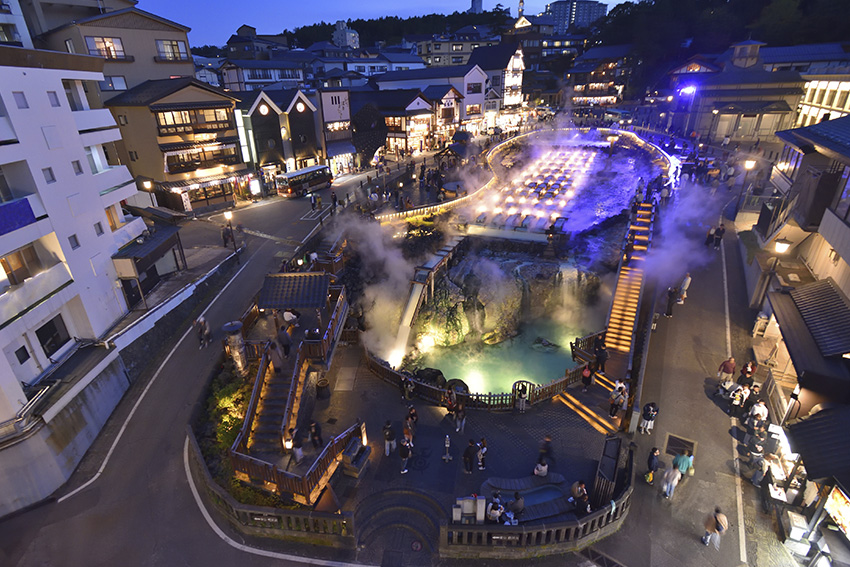
Kusatsu Onsen
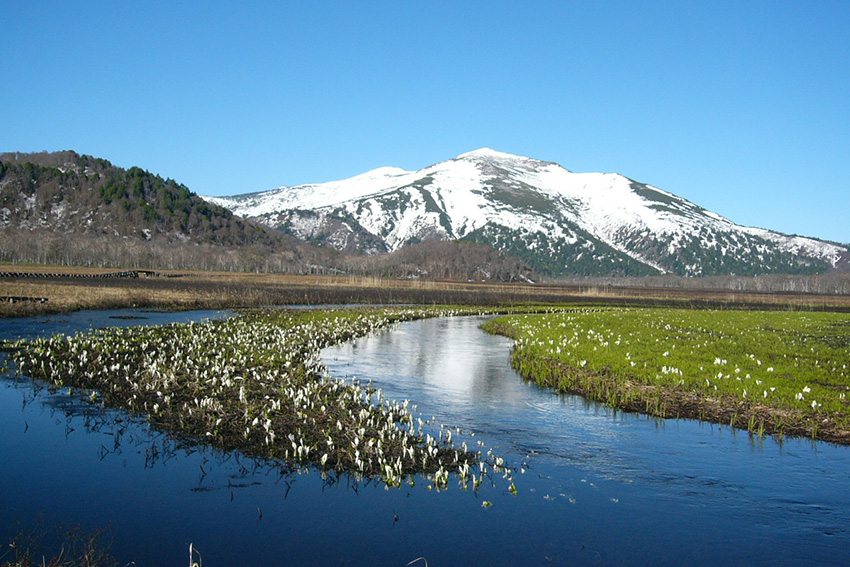
Oze National Park
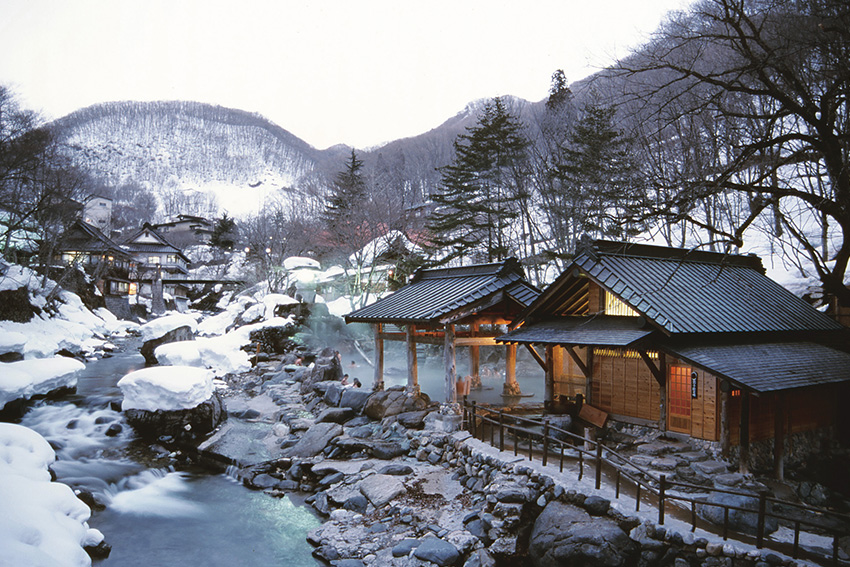
Takaragawa Onsen
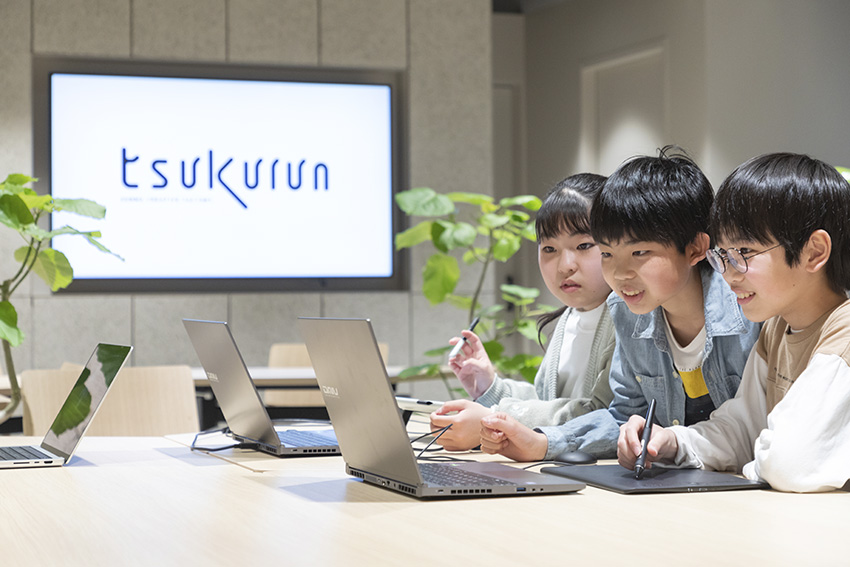
tsukurun
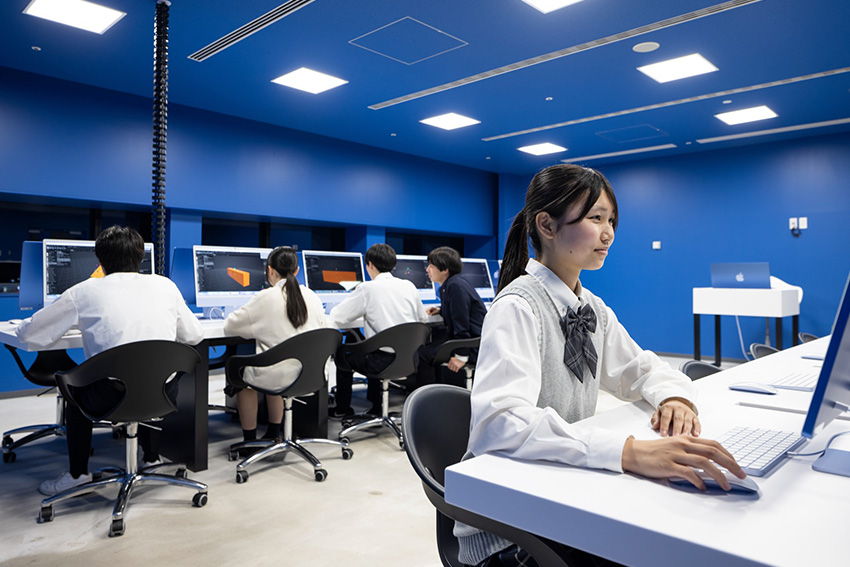
TUMO Gunma
Previous Next
Will these initiatives be open to international participants as well?
At this stage, the primary focus is on cultivating Japanese talent. However, we envision an open platform in the future—welcoming students from across Asia and developing links with businesses and educational institutions around the world. The more collaborative and global we become, the more our ecosystem will thrive.
To draw a comparison: Hollywood started as little more than a patch of desert, but it grew into a global filmmaking powerhouse. In the same way, Gunma is working to attract major film production teams. As governor, I’ve taken a hands-on role in promoting Gunma to film and entertainment companies—including Toho, Toei, Shochiku, and Netflix.
When major productions come, they bring cutting-edge talent—writers, directors, and crews—which in turn helps us build industrial clusters. Entertainment isn’t confined to the media industry. It touches everything—from automotive design to tourism marketing. If we can infuse this creative spark across sectors, it will elevate productivity across the entire economy.
Speaking of tourism, how would you recommend international visitors spend 3–5 days in Gunma?
Gunma offers a unique blend of accessibility and natural beauty. Just 50 minutes from Tokyo via shinkansen, we are home to breathtaking mountains, rivers, and Japan’s iconic hot springs. One of our proudest attractions is Oze National Park, a pristine wetland. We’re working to rekindle its popularity, particularly among younger generations. Our onsen (hot springs) culture is a condensed expression of traditional Japanese hospitality—ryokan inns, tatami rooms, yukata robes and geta sandal, washoku cuisine, and omotenashi hospitality. Visitors can immerse themselves in this experience and walk away feeling truly rejuvenated—mind and body.
Notably, several years ago, Reuters named Gunma’s Takaragawa Onsen one of the world’s top ten hot springs, ahead of more famous Japanese spots. That recognition came through coverage in Lonely Planet and went viral on social media—leading to a significant influx of inbound visitors.
For pop culture fans, we are closely linked to the anime world. Demon Slayer: Kimetsu no Yaiba has become a massive global hit, drawing domestic and international attention to the real-life locations which inspired it (an activity called Anime Pilgrimage). Gunma is poised to ride that wave by hosting more anime-linked tourism.
Five years from now, how would you like Gunma to stand out from other prefectures in Japan?
In addition to being the #1 relocation destination, Gunma has already topped national rankings in digital outreach. Among Japan’s 47 prefectures, we’ve seen the fastest growth in YouTube subscribers and our social media video views have hit 80 million- the most in Japan. That increased visibility is part of a broader goal: making Gunma a place that international tourists and investors recognize, visit, and revisit. We want to develop a world in which “there is nobody who does not know Gunma Prefecture.”
And finally, if we can nurture our Digital and Creative Industry into a truly vibrant sector—one that attracts young talent not only from Gunma but from across Japan and even Singapore or other Asian countries—I’ll consider that a success. It would mean that Gunma is on its way to becoming a “globally connected creative city.” And that’s the kind of future I believe we can create together.
For more information, visit their website at: https://www.visit-gunma.jp/en/

AloJapan.com